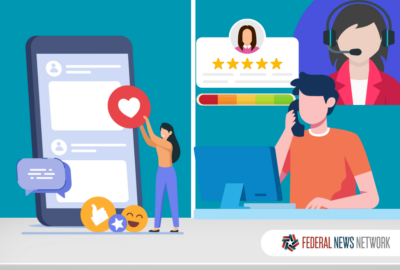Less Painful Pain Pills
Why is it that when many federal workers and retirees take a pill for a headache, sinus or their blood pressure they also feel a pain in the butt? Senior...
The cradle-to-grave federal employee health benefits program is considered one of the best — if not the best — company health plans in America. It covers nearly 9 million people, from astronauts and postal clerks to IRS auditors and the survivors of retired Senators.
Feds, retirees and family members have a wide selection of plans to chose from and an annual mid-November to early-December open season to shop and switch. Nobody can be turned down because of age, health or for any other reason, including pre-existing conditions. Retirees get the same benefits and pay the same premiums as younger, healthier workers. And the government picks up most of the premium tab (about 70 percent for federal workers and retirees and even more for unionized postal workers).
While premiums in most plans have gone up each year, the increase is often smaller than for private-sector health plans. That’s because the government can and does use reserves to minimize premium hikes. So what’s not to like?
Many people complain that the dental benefits in the FEHBP are poor. Welcome to the club. Most private-sector health plans offer very limited dental benefits. They will not be improved in the government as long as Congress insists that premium hikes be kept to a minimum. Members of Congress and their families and staff belong to the FEHBP too.
The other frequent complaint, is that the prescription drug benefits aren’t very good. But that could change.
The Obama administration says the government could save about $1.6 billion over the next ten years if it stopped using middle-man firms or groups — called pharmacy benefit managers — to negotiate prices with drug companies. The White House feels the government — the Office of Personnel Management — could bargain directly with drug firms and that workers and retirees would wind up paying less for drugs they currently are paying and that future increases would be smaller thanks to direct negotiation.
There is an unrelated cloud on the horizon for the FEHBP program. Or at least feds and retirees who pay the premiums. The bipartisan Congressional supercommittee is looking at a variety of plans to cut government costs. One of them would either give feds vouchers to be used to pay for health insurance, or it would no longer guarantee that the government would pay the lions share (and the same percentage of the premium) year after year. Under that plan the employee/retiree share of premiums would go up each year. If that happened (and this is all in the talking stage) employees and retirees could, over a period of a few years, see their share of the premium jump as much as 20 percent, according to some estimates.
The supercommittee recommendations probably won’t be officially unveiled until the last week in November. For more on what it might do listen to yesterday’s archived Your Turn show. Dan Adcock of NARFE and Steve Watkins and Sean Reilly from the Federal Times bring us up to speed on where the committee — and your entire pay and benefits package — may be heading. To listen, click here.
NEARLY USELESS FACTOID
By Jack Moore
The earliest commercial brands of toilet paper became available in the 1880s, and were most often sold as “medicated paper,” used for treating hemorrhoids and other health ailments, according to Slate. Two things come to mind: 1) What “medication” were they using on this paper and 2) What were they using before the 1880s?
MORE FROM FEDERAL NEWS RADIO
House rejects continuing resolution
A six-week continuing resolution failed to pass the House today in a 230-195 vote. The government runs out of funds on Sept. 30 and faces a shutdown if Congress fails to pass a funding measure.
With email migration done, GSA turns to other cloud services
Every employee of the General Services Administration is using Google’s gmail for email, calendaring and other common services. Now GSA is looking to the cloud for collaboration tools.
Copyright © 2024 Federal News Network. All rights reserved. This website is not intended for users located within the European Economic Area.
Mike Causey is senior correspondent for Federal News Network and writes his daily Federal Report column on federal employees’ pay, benefits and retirement.
Follow @mcauseyWFED






